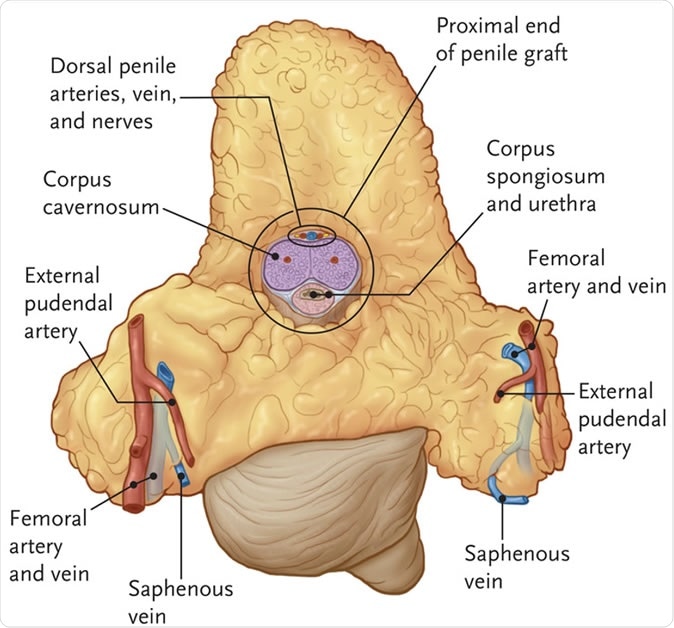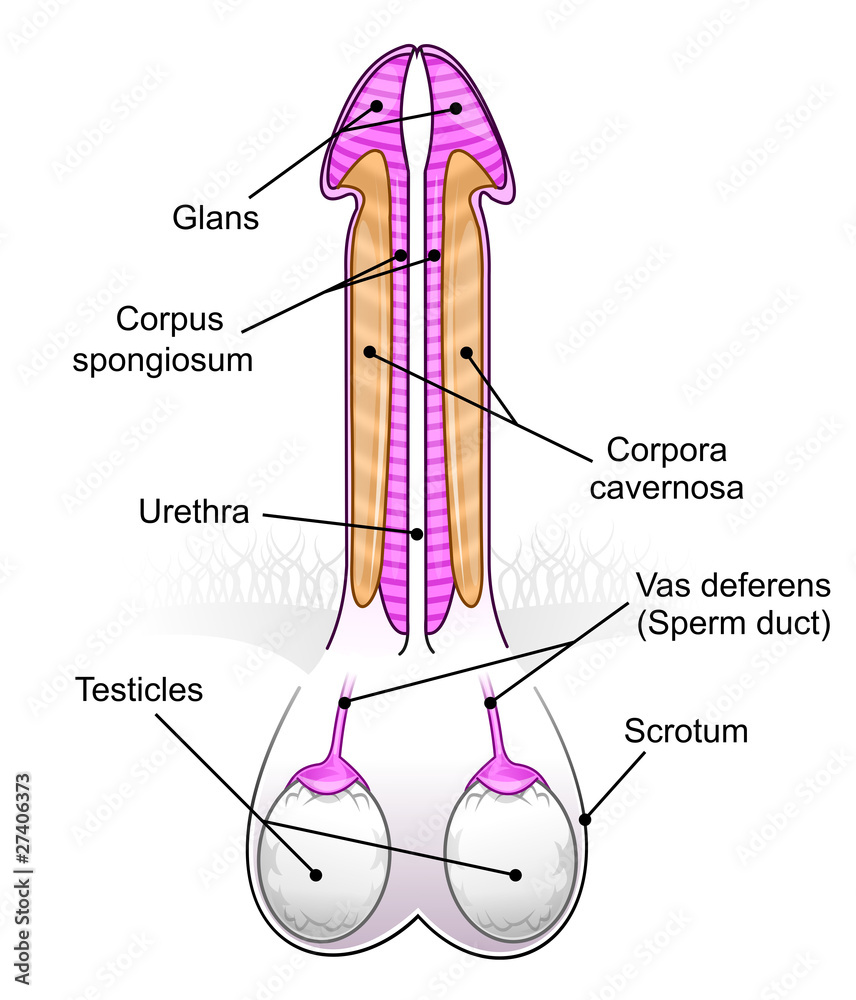Have you ever pondered the intricacies of the human body, specifically the remarkable phenomenon of the erection? This seemingly simple process is, in fact, a symphony of complex interactions, a testament to the body's intricate design, involving psychological, neural, vascular, and endocrine factors working in perfect harmony.
The term "penile erection" itself is a descriptive one, referring to the physiological process where the penis undergoes a transformation, becoming firm, engorged, and enlarged. This transformation, often linked with sexual arousal, sexual attraction, or libido, is a fascinating subject, and its understanding is crucial for appreciating the human body's nuances. The expansion or swelling associated with this process is referred to as tumescence, a term that further emphasizes the physical changes involved.
| Feature | Details |
|---|---|
| Medical Definition | Penile erection or penile tumescence is a physiological phenomenon in which the penis becomes firm, engorged, and enlarged. It's the result of a complex interaction of psychological, neural, vascular, and endocrine factors, and is often associated with sexual arousal, sexual attraction or libido. |
| Key Terms |
|
| Physiological Process |
|
| Causes of Swollen Penis | Balanitis, allergic reactions, urethritis, and priapism. |
| Treatment | May include home remedies, topical ointments, medications, and surgery. |
| Dog Relevance |
|
| Clitoral Erection | A physiological response of the clitoris to sexual arousal, also known as clitoral engorgement or clitoral tumescence. |
| Further Considerations | Understanding the physiology of erections is important for both men and women to appreciate the functions and problems related to the penis and the clitoris. |
Conversely, the inability to achieve or maintain an erection sufficient for sexual activity is known as erectile dysfunction (ED), also known as impotence. It's a condition that can affect any man, regardless of age, though it becomes more prevalent with advancing years. Various factors contribute to this condition, including psychological, physical, and lifestyle elements. The causes of a swollen penis can be varied, with some common culprits including balanitis (inflammation of the glans penis), allergic reactions, urethritis (inflammation of the urethra), and priapism.
- Mastering Remote Ssh Raspberry Pi Over The Internet A Comprehensive Guide
- Hdhub4u Movies Your Ultimate Guide To Streaming Movies Online
Priapism, a condition characterized by a painful erection lasting for several hours, deserves special mention. It arises when blood remains trapped within the penis, preventing its proper drainage. This can occur without any apparent cause or may be linked to underlying health conditions, medication misuse, or physical injury. Prompt medical intervention is essential to mitigate the risk of permanent damage to the penile tissues.
Erections, as we know, stem from an increased flow of blood to the penis, causing it to become hard and enlarged. This process allows the penis to stand erect, away from the body. While sexual stimulation is the most frequent trigger, spontaneous erections can also occur. These random erections are often the result of the body's natural processes and can happen at any time.
The anatomy of the penis is also important in understanding the erection process. The penis itself is an external organ of the male reproductive system. It's composed of several key parts, each playing a role in the erection process: the tip, head, or glans, which houses the urethra (the channel for both urine and semen); and the body, the main shaft of the penis. It is made up of spongy tissue that fills with blood during an erection. This engorgement compresses the veins through which blood usually exits the penis, trapping the blood and helping sustain the erection. The penis has two main functions: to allow urine to pass from the body and, during sex, to deliver sperm into the female reproductive system.
- Free Download Ssh Remote Iot Device Raspberry Pi The Ultimate Guide
- Unveiling The Mystery Behind Hsoda 052 A Comprehensive Guide
Furthermore, the male sexual response is multifaceted. It encompasses vasodilation and blood engorgement of the penis, leading to an erection. Accompanying these physical changes, the testes rise and become warmer as blood pressure increases. Simultaneously, the muscles of the pelvic floor, the seminal vesicles, and the prostate contract, injecting sperm into the urethra. The culmination of this sequence is orgasm.
It's also important to understand the four stages of healthy male sexual response. These stages encompass the progression of sexual arousal, erection, orgasm, and resolution. Each of these stages involves unique physiological changes and is integral to the complete sexual experience. The muscles, nerves, chemicals, and blood vessels involved work in coordination to engorge the penis with blood.
The flaccid penis is the normal state when there is no stimulation. When a man is not aroused, the body's "erection team" (brain, nerves, blood vessels, and hormones) does not activate the erection process. However, if there is stimulation, the amount of blood flowing into the penis's spongy chambers (corpora cavernosa and corpus spongiosum) increases significantly. The engorgement of these chambers is what leads to an erection. The head of the penis enlarges during an erection, and the penis is engorged to maximum rigidity, allowing ejaculation.
After ejaculation, the penis experiences muscle contractions that cause an outflow of blood from the organ, decreasing the length and girth of the penis back to its flaccid state. This process of resolution is a natural part of the sexual response cycle.
In the case of canines, the physiology of arousal shares certain similarities with humans. The bulbus glandis, a structure located at the base of a dogs penis, plays a key role. When a dog becomes aroused, this structure swells with blood, creating visible bumps beneath the skin. This swelling is a normal part of the process. However, if the engorgement of the bulbus glandis persists for longer than two hours or the penis remains outside of the prepuce, it's advisable to seek veterinary attention, as these conditions can suggest underlying health issues.
Beyond the standard understanding of the process, several factors can affect a penis. One such condition is paraphimosis, which occurs when a distended (engorged) penis cannot retract to its usual position. Phimosis, on the other hand, results from the stenosis of the orifice of the prepuce, which prevents the penis from emerging fully.
It's interesting to note the use of various tools and techniques for addressing certain penile conditions. For example, some individuals utilize "expansive clamping," often combined with manual exercises, to potentially influence penile size. Additionally, devices like the "pump" are sometimes used to maintain the engorged state of the penis, although this may be a less effective method for initiating tissue expansion. The use of medication such as Muse has been used to successfully treat men with soft glans syndrome following penile prosthesis insertion.
In conclusion, the journey from flaccidity to a full erection involves a complex interplay of the bodys systems. Understanding these mechanics is not merely a matter of biological curiosity. The knowledge and understanding of erections is essential for maintaining good health and promoting overall well-being.
Disclaimer: The content provided in this article is for informational purposes only and does not constitute medical advice. Always consult with a qualified healthcare professional for any health concerns or before making any decisions related to your health or treatment.
- Miaz The Rising Star In The Music Industry
- Mastering Remoteiot Vpc Ssh Raspberry Pi Download The Ultimate Guide


